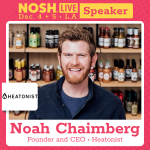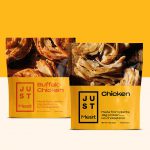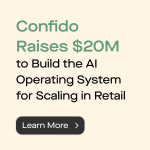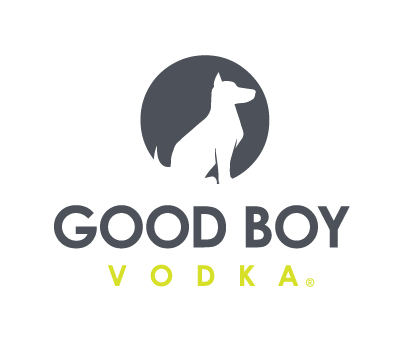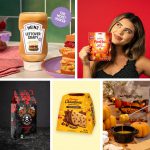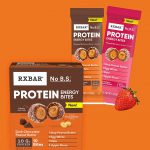Oishii Adds $16M, Closes Series B At $150M

Vertical farming operations, and the brands helping build them, are not dead just yet.
Oishii, a New Jersey-based vertical farming operation, announced today it has officially closed its Series B funding round at $150 million. The first tranche was announced in February at $134 million with an additional $16 million coming in over the past nine months from climate tech fund Resilience Reserve, co-founded by the head of TED Chris Anderson and entrepreneur Rob Reid and Japanese venture firm Miyako Capital.
The round also saw participation from existing investors NTT, Bloom8, McWin Capital Partners, Mizuho Bank, the Japan Green Investment Corporation for Carbon Neutrality (JICN), Yaskawa Electric Corporation, and others.
“We’re excited to support the Oishii team, both for the deliciousness of their existing produce and even more importantly for the extraordinary model they’re pioneering, which enables agricultural innovation at breakneck pace,” said Chris Anderson, co-founder of Resilience Reserve.
Oishii began by selling ultra-premium strawberries, including Omakase and Koyo varieties; it has since expanded its portfolio to include Rubi tomatoes. Alongside the new funding Oishii will open its first international facility in the Tokyo metro area, which will focus on additional R&D to advance vertical farming technology.
Growing Beyond Greens
The news also comes on the heels of a distribution expansion that will bring its Koyo berries to Whole Foods stores across the Chicago area; Harris Teeter stores in Washington, D.C., Maryland and Virginia; and Wakefern banners in the New York tri-state area later this year.
“We believe vertical farming is the ticket to a sweeter future, and this latest round of funding signals that others embrace our vision for a world where food is more accessible, better quality, and above all else, delicious,” said Hiroki Koga, CEO and co-founder of Oishii, in a press release. “We’re honored to bring our berries to Chicagoans and Harris Teeter customers, not to mention welcome a roster of respected investors to the Oishii family.”
In preparation for its expansion, Oishii opened a new 237,000 sq. ft. facility, located in Phillipsburg, N.J., in June. The solar powered facility features 50 state-of-the-art robots and has the capacity to increase Oishii’s strawberry output by 20 times, according to the company.
State of the Space
But while Oishii is staking out its expansion plans, the rest of the vertical farming industry remains in flux. Over the past year, numerous well-funded, widely-distributed companies have shuttered including Aerofarms, Upward Farms, App Harvest, Smallhold, Kalera and, most recently, Bowery Farms earlier this month
While these operations garnered significant early-stage investment, a slowdown in VC funding as they began to scale up may have played a role in their eventual demise.
For example, Bowery, the latest to close its doors, had raised over $700 million in the nine years since it was founded. The company’s last institutional round, totalling $300 million, came in 2021; Pitchbook reported a 91% drop in VC investments in the controlled-environment agricultural sector between 2022 and 2023.
Due to the large, tech-heavy investments required for these companies to operate, improving unit economics as they scale up and returning value to investors becomes an even more elusive goal. A similar trend has been realized across the plant-based meat sector which also saw a VC tech-style boom in investment from 2018 until early 2022, but subsequently dried up. Many of those companies have either shut down, been rolled up, or, in the case of Beyond Meat, taken the business public – which has led to additional challenges and scrutiny.
Oishii, which launched in 2018 with strawberries priced at $10 per 8-count tray, has taken a uniquely premium approach to bringing products to market compared to its now-defunct peers, which primarily sold leafy greens and worked to achieve price parity with conventionally-grown alternatives. However, it remains to be seen whether the brand can break out of niche markets and retail trial phases to find a sustainable bottom line within its existing business model.


